Running effective digital campaigns takes more than just great intentions. Your message has to stand out, resonate with your audience, and guide them toward taking action. Whether you’re promoting a donation drive, volunteer opportunity, or awareness campaign, your nonprofit marketing strategy depends on two key components: compelling ad copy and a high-converting landing page.
This self-assessment is designed to help you evaluate both. It’s part reflection, part practical guide, and it can help you spot quick ways to improve your digital marketing right away. If you discover areas that could use expert insight, Nonprofit Megaphone’s team is here to help. Schedule a free call with our specialists to get personalized guidance and take the next step toward stronger results.
Part 1: Nonprofit Ad Copy Self-Assessment
Strong ad copy is about connection and clarity. Your ad should instantly tell people who you are, why your cause matters, and what to do next. Grab a notepad and rate yourself on each area.
Relevance

- Keyword Alignment: Do your headlines and descriptions include the actual keywords you’re bidding on? When you use Google Ads for nonprofits, this alignment is critical. If your ad promises “Volunteer Opportunities for Teens,” your landing page should echo that exact phrase. Google rewards consistent messaging with higher Quality Scores, and your audience responds with greater trust and engagement.

- Mission Clarity: Does your ad instantly make clear who you serve and why it matters? Avoid jargon and be direct. For example, instead of “Empowering communities for a better future,” try “Providing clean water to families in need.” Clear, specific language helps people immediately understand your mission and feel its importance.
Appeal

- Unique Value: Does your ad explain what makes your nonprofit stand out? Your unique value proposition is the heart of every campaign. What makes your organization different from others tackling similar issues? Maybe it’s your local roots, evidence-based programs, or community-driven model. Whatever it is, name it proudly.

- Emotional Trigger: Does your ad tap into urgency, empathy, or mission-driven impact? Emotion drives action. Use language that connects the reader to the people or cause behind your mission. For example, “Give today to shelter one family from the winter cold” resonates more deeply than “Support our housing initiative.”
Action

- Clear Call-To-Action (CTA): Is the next step obvious? Strong CTAs tell people exactly what to do: “Donate Today,” “Join the Movement,” or “Volunteer Now.” Each ad should focus on a single, clear goal rather than trying to achieve several at once.

- Multiple Variations: Are you testing at least two or three versions of copy per ad group? A/B testing helps you refine what resonates most. Even small changes in wording can make a big difference in Google Ads optimization, leading to more clicks and lower costs per action.
Scoring Yourself
- 5–6 Checks: Your ad copy is strong. Keep testing and refining.
- 3–4 Checks: Some opportunities for improvement.
- 0–2 Checks: Time for a refresh. We can provide expert Google Ad Grant guidance to help you strengthen your messaging for better results.
Part 2: Landing Page Self-Assessment
A great ad brings visitors in. A great landing page keeps them there and inspires them to act. If your ads are performing well but conversions are low, your landing page may be the missing link. Let’s assess it step by step.
Relevance and Consistency

- Message Match: Does your headline mirror the language of the ad they clicked? This ensures continuity and trust. For example, if your ad says “Donate to Plant a Tree,” your landing page headline should echo that exact message. Avoid switching to something broader, such as “Support Environmental Conservation,” which can dilute the connection and confuse visitors. This principle of landing page optimization keeps users engaged because they see immediate alignment between what they clicked and what they get.

- Focused Content: Is the page about one clear action? Avoid sending people to your homepage, which often includes too many links and distractions. A single-purpose page, focused on a specific campaign, performs best because it guides attention and reduces confusion. Well-crafted content on that page can also inspire donors by clearly communicating impact.
Design and Experience

- Mobile-Friendly: Is your page easy to navigate on a phone? More than half of nonprofit website visitors now browse on mobile devices. If forms or buttons don’t work properly on smaller screens, you could be losing valuable supporters.

- Load Speed: Does the page load in under three seconds? Slow sites lead to high bounce rates. Free tools like Google PageSpeed Insights can help you check website SEO and page performance. Fast-loading pages create smoother experiences and can even improve your Google Ad performance.

- Visual Clarity: Are your images and text organized to clearly support your mission without overwhelming your audience? High-quality photos of real volunteers, beneficiaries, or community moments paired with well-structured, concise text help tell your story effectively. Generic stock photos or cluttered copy, by contrast, can feel inauthentic and diminish trust.
Conversion

- Visible CTA: Is your donate, volunteer, or sign-up button prominent and above the fold? People shouldn’t have to scroll to take action. Eye-catching buttons and consistent colors throughout your nonprofit website design help guide attention naturally.

- Social Proof: Do you use testimonials, impact numbers, or trust badges? Real-world credibility boosts confidence. Great social proof examples include quotes from beneficiaries or volunteers, verified donation statistics, partner logos, and media mentions or awards.

- Minimal Friction: Is your form short and simple? Ask only for what’s necessary. If your goal is to collect emails, don’t request a phone number and full address. Streamlining forms is a crucial part of user experience optimization, enabling visitors to complete actions more easily and increasing conversion rates.
Scoring Yourself
- 7–9 Checks: You have a high-performing landing page.
- 4–6 Checks: You’re on the right track, but could make a few improvements.
- 0–3 Checks: Consider consulting with nonprofit experts to evaluate your site and guide a redesign that aligns with best practices for website design and conversion strategy.
Pro Tip: Review Quarterly
Digital platforms change quickly, and AI is increasingly shaping how nonprofits approach SEO and audience targeting. A campaign that worked last quarter might underperform today due to algorithm updates or shifting audience behaviors, making it essential to stay adaptive. Make it a habit to re-take this audit every few months. You’ll catch issues early, adapt faster, and keep your nonprofit marketing strategy sharp.
Even simple updates, such as refreshing headlines, adding new social proof examples, or improving your Google Ads optimization, can yield big gains over time.
Your Mission Deserves Momentum
When your message flows naturally from ad to page, people feel understood and ready to take the next step. The most successful nonprofits treat these elements as living parts of their digital marketing strategy, not set-and-forget tasks.
Every click and every visit represents a potential partner in your mission. By tightening your ad copy, refining your nonprofit website design, and focusing on landing page optimization, you create a clearer path from awareness to impact.
If you're unsure how to assess your results or where to start improving, you’re not alone. Nonprofit Megaphone specializes in managing Google Ad Grants and optimizing digital strategies for nonprofits. We’ve helped hundreds of organizations amplify their missions with up to $10,000 per month in free Google Ads. Book a free call with our experts to get personalized guidance and take the next step.
.svg)


.svg)
.svg)
.svg)

.avif)
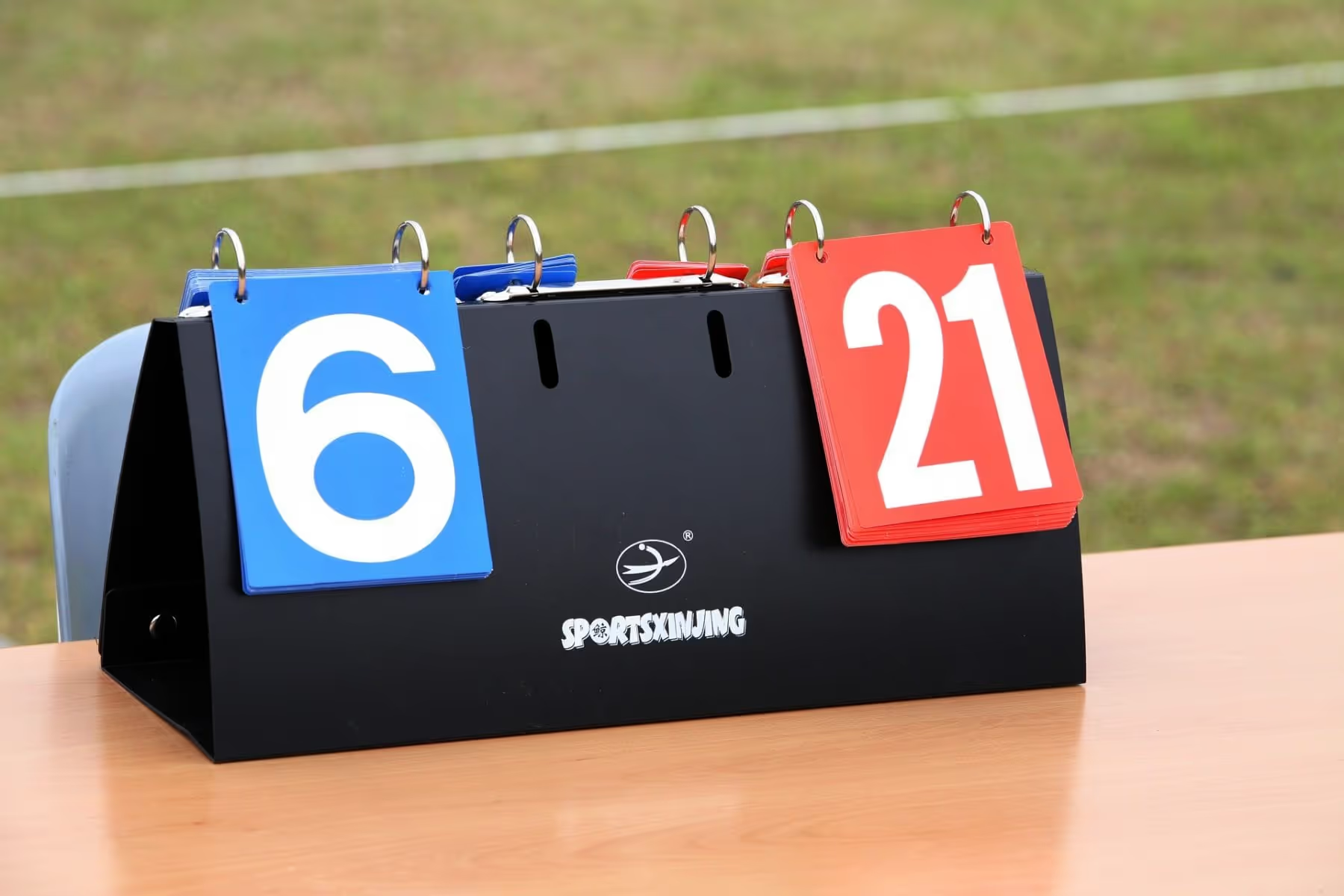
















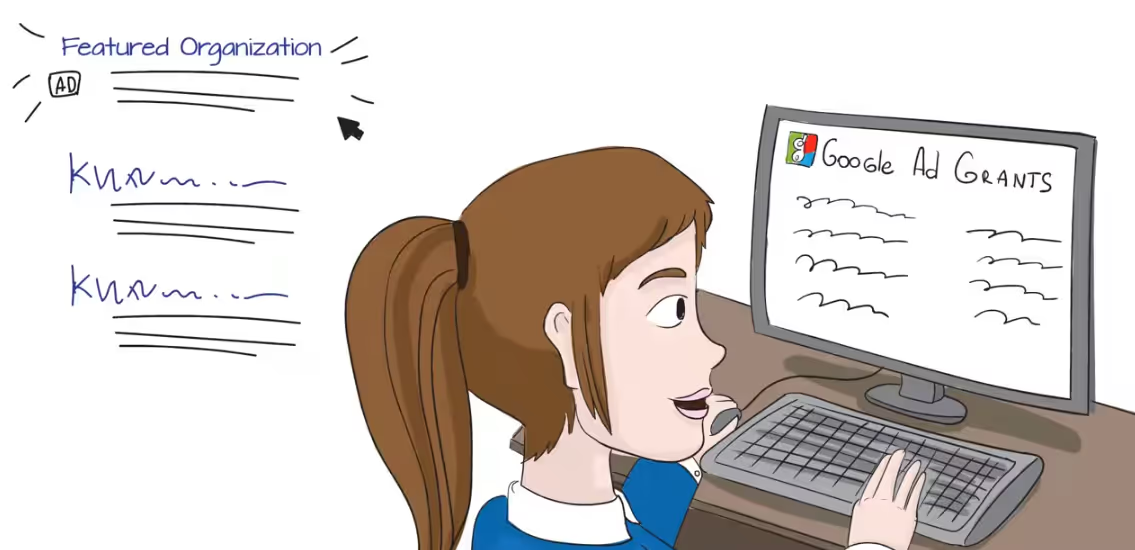

















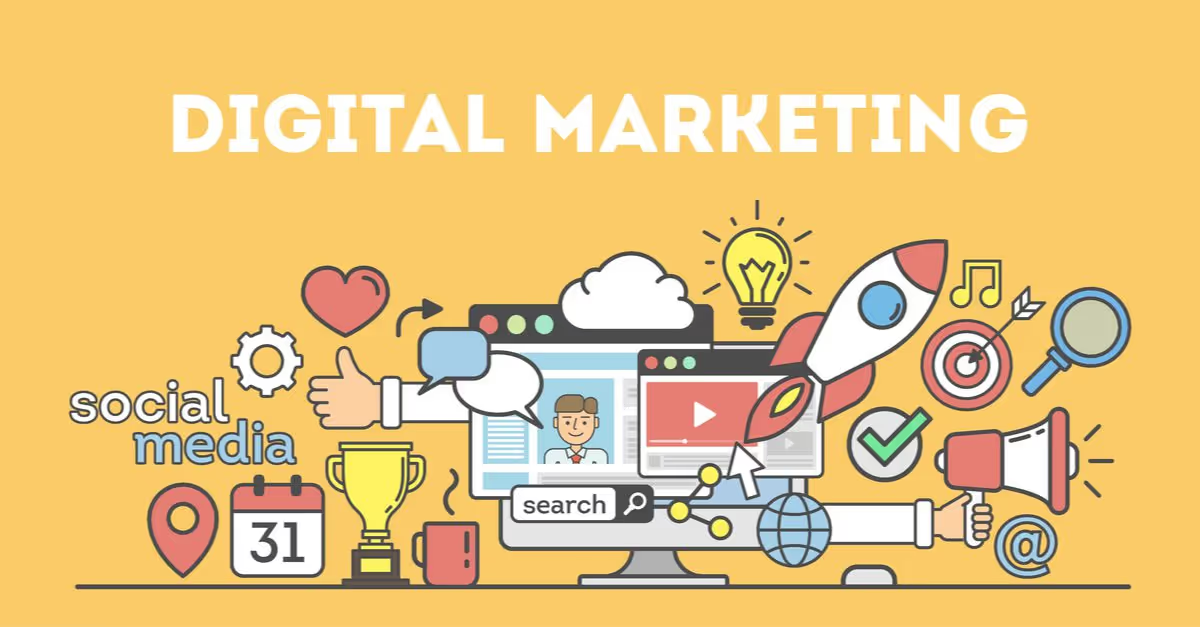



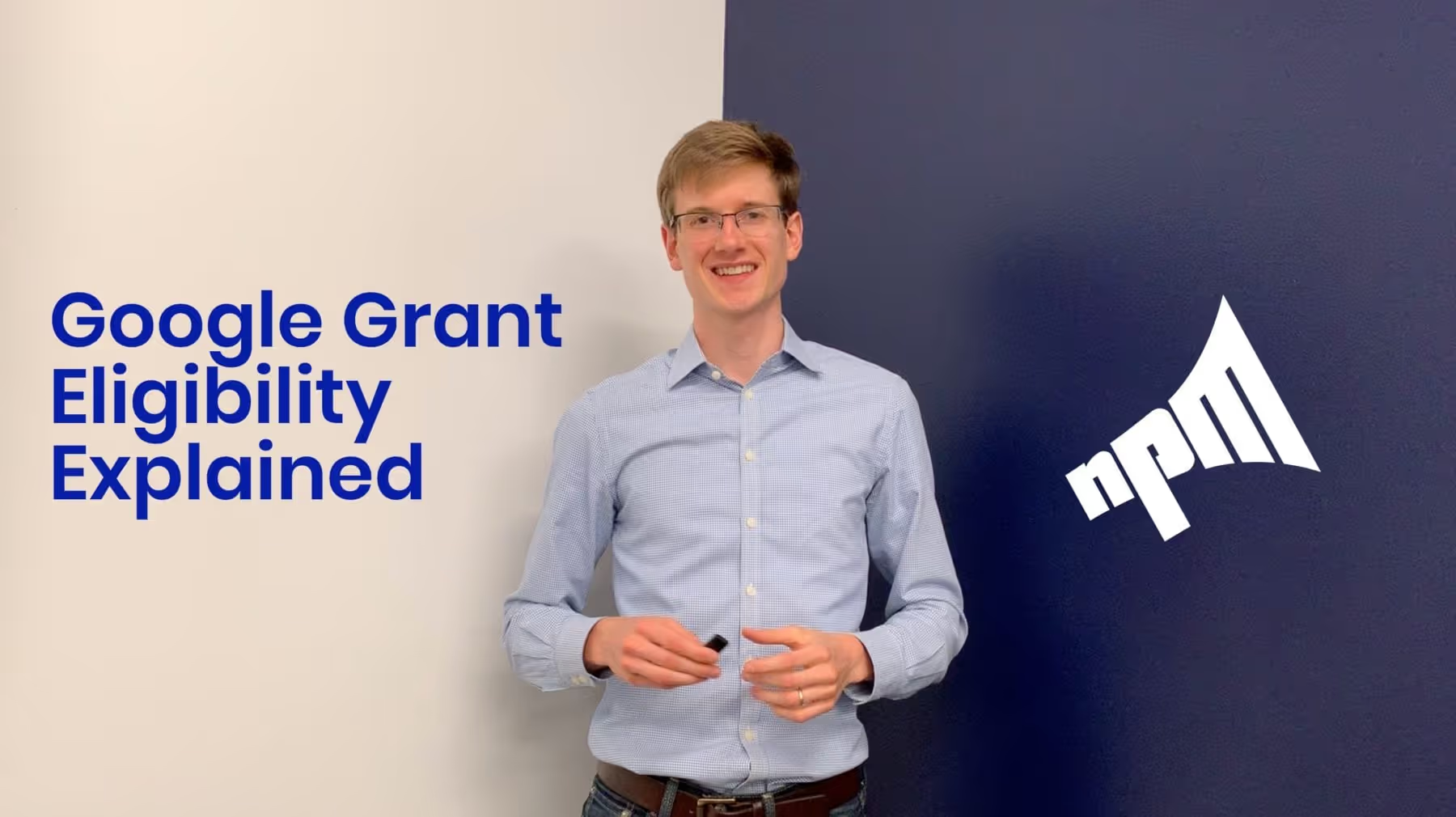





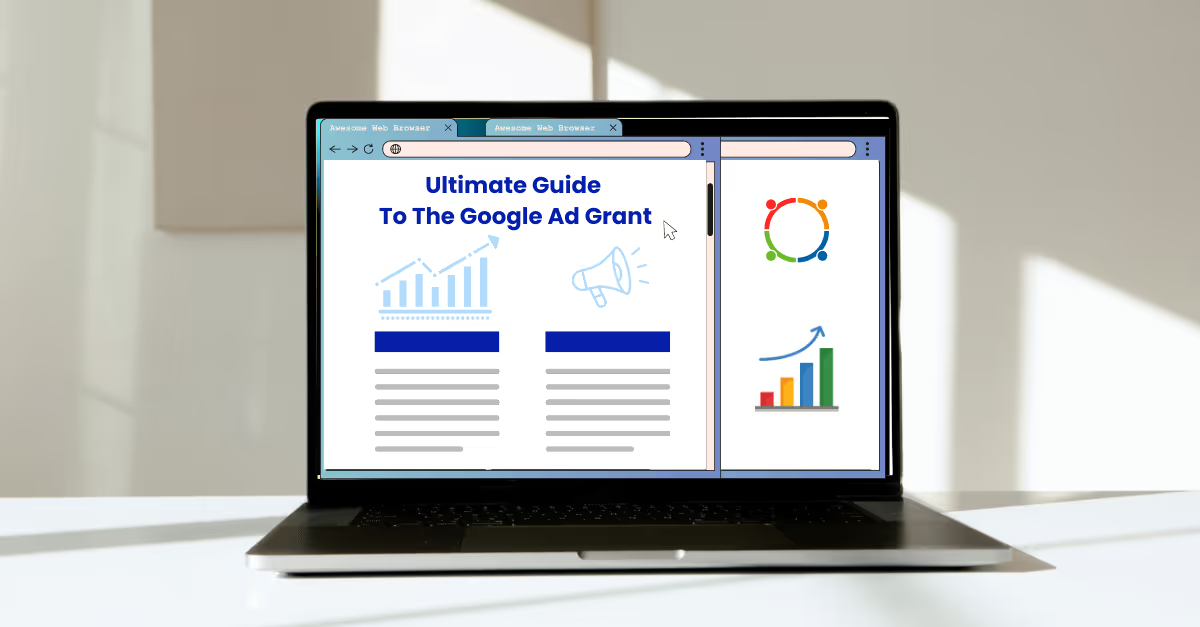







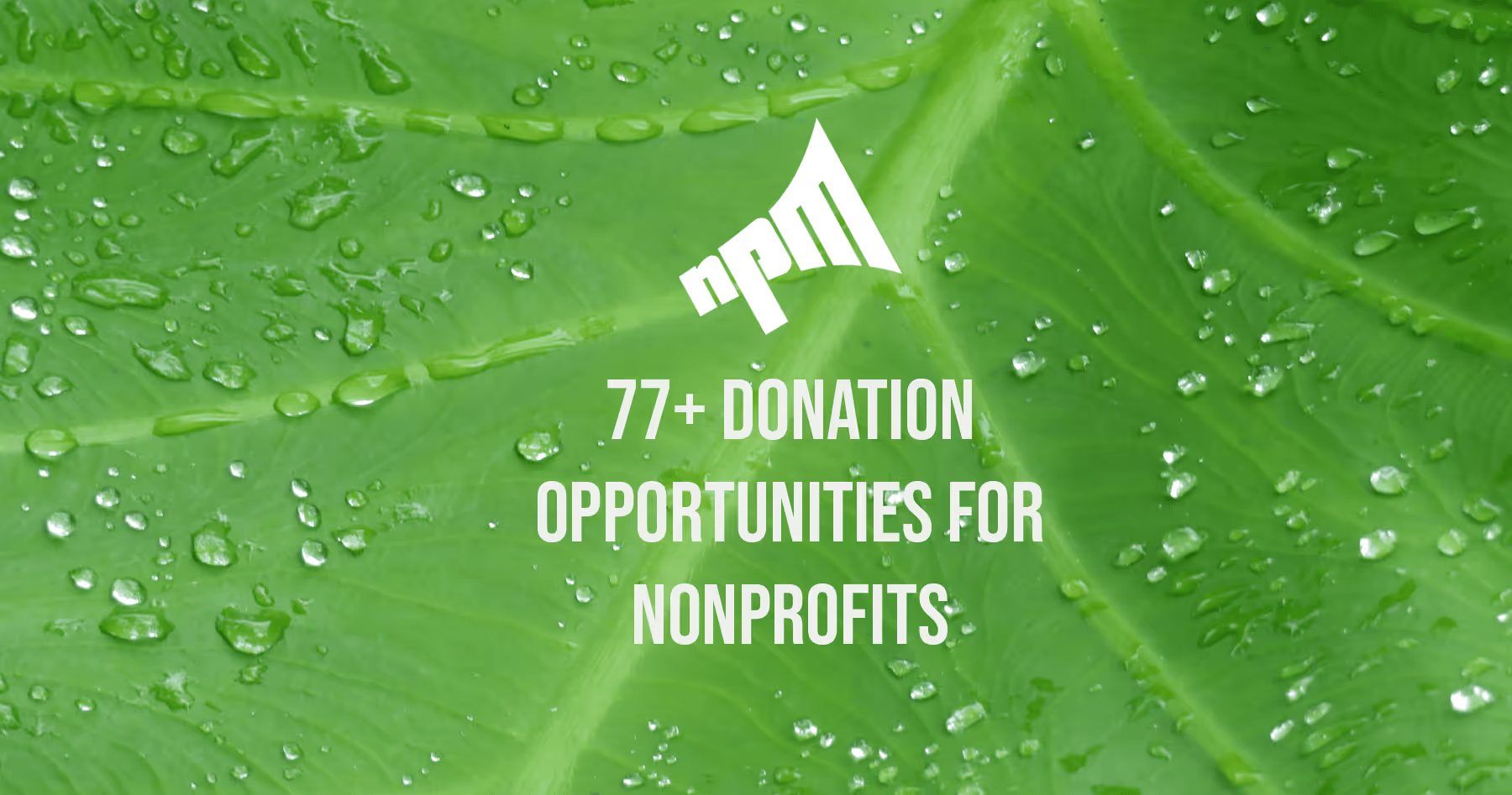
















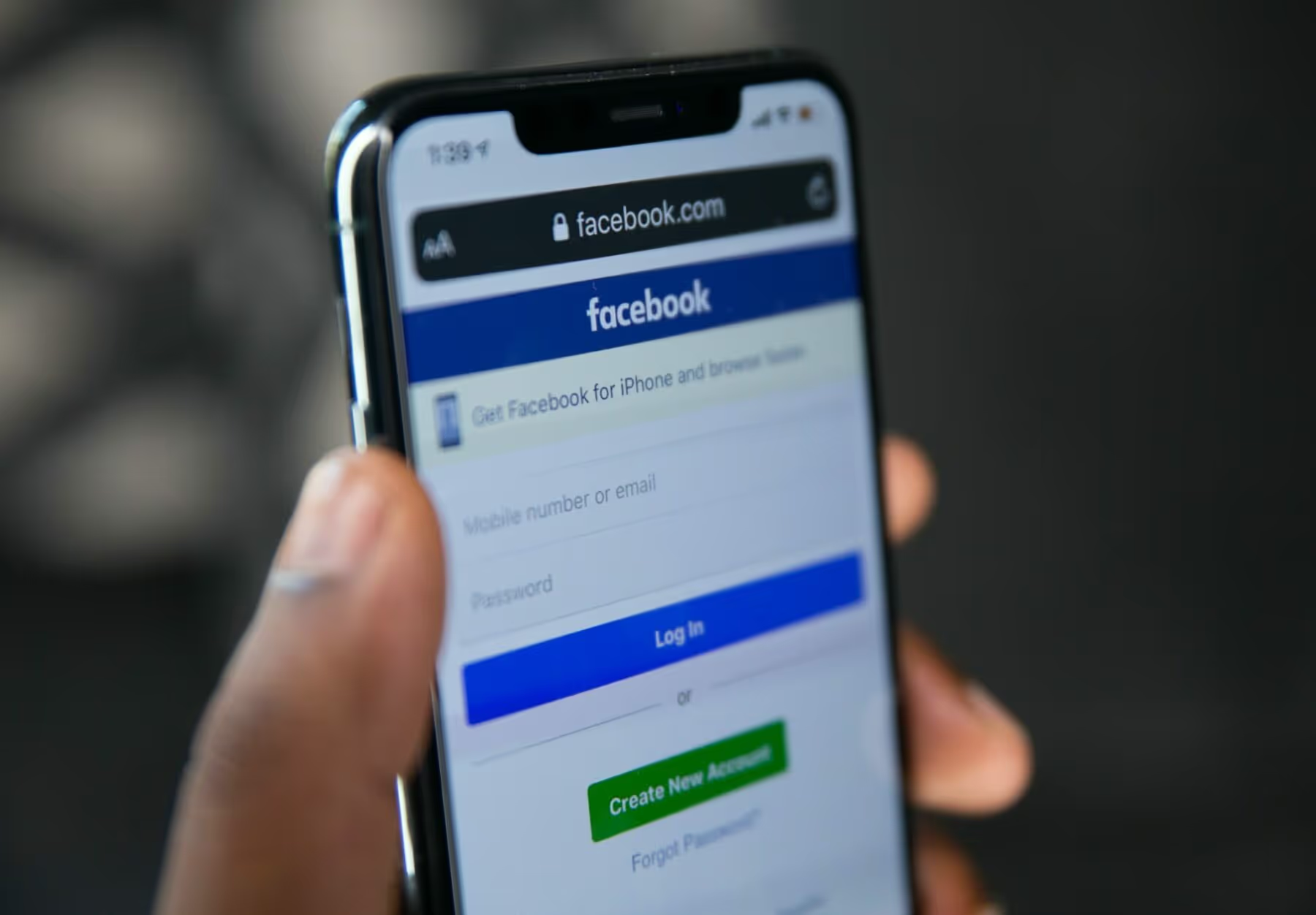



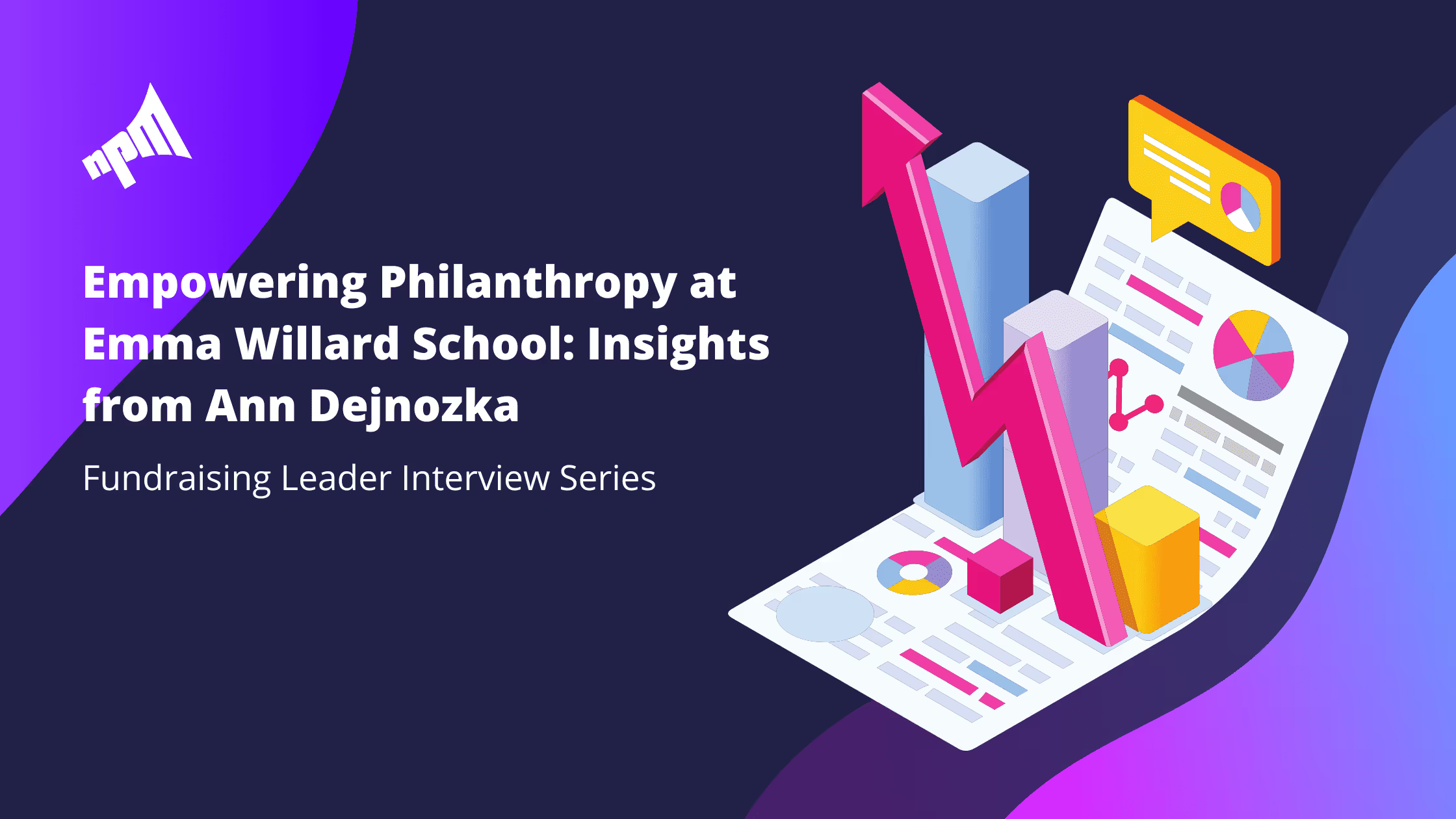

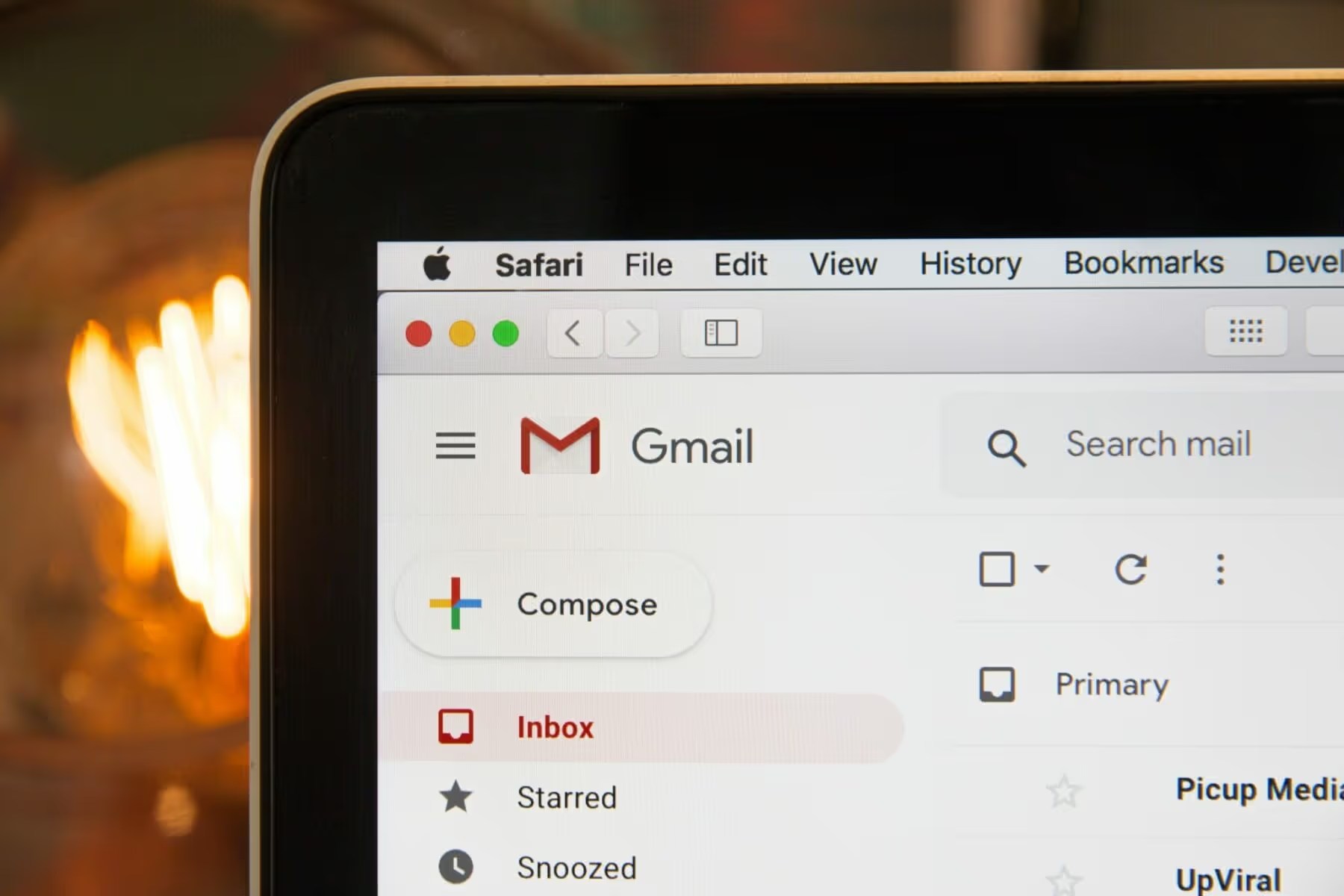

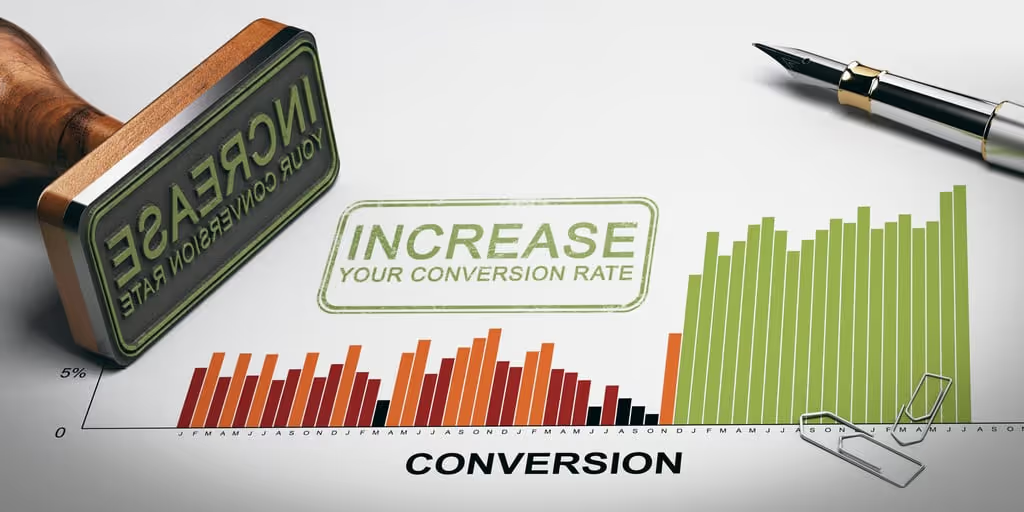



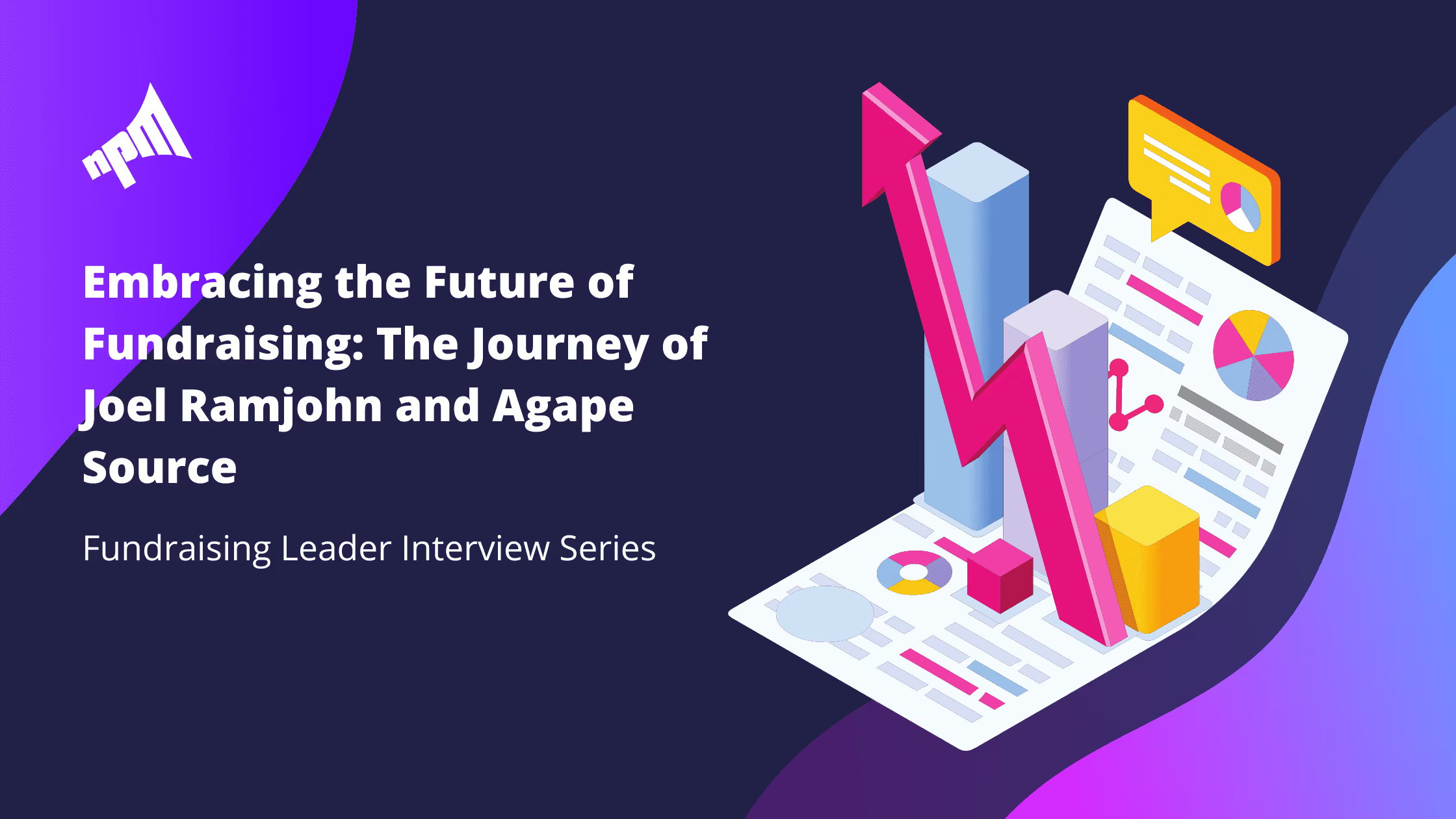


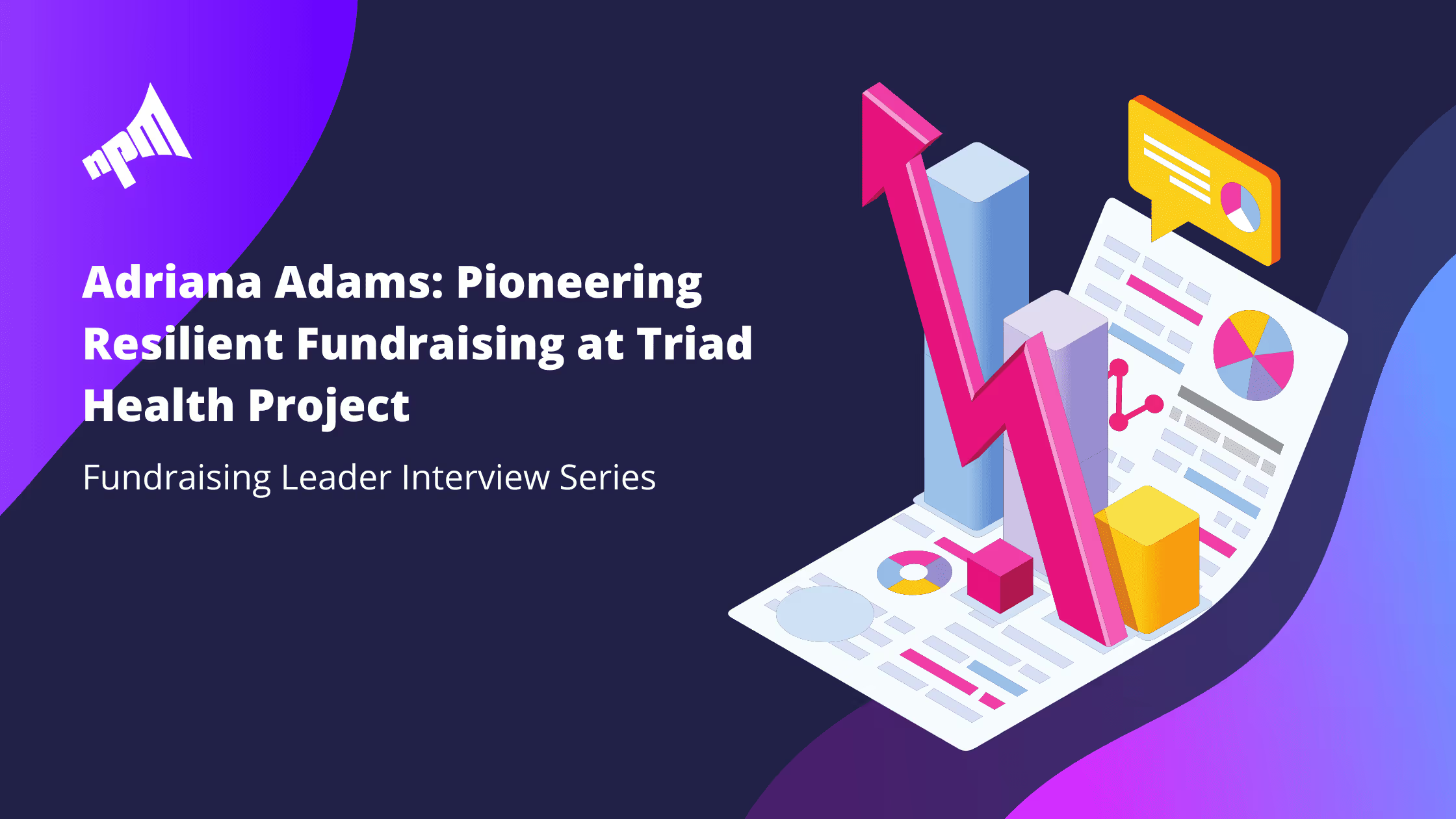

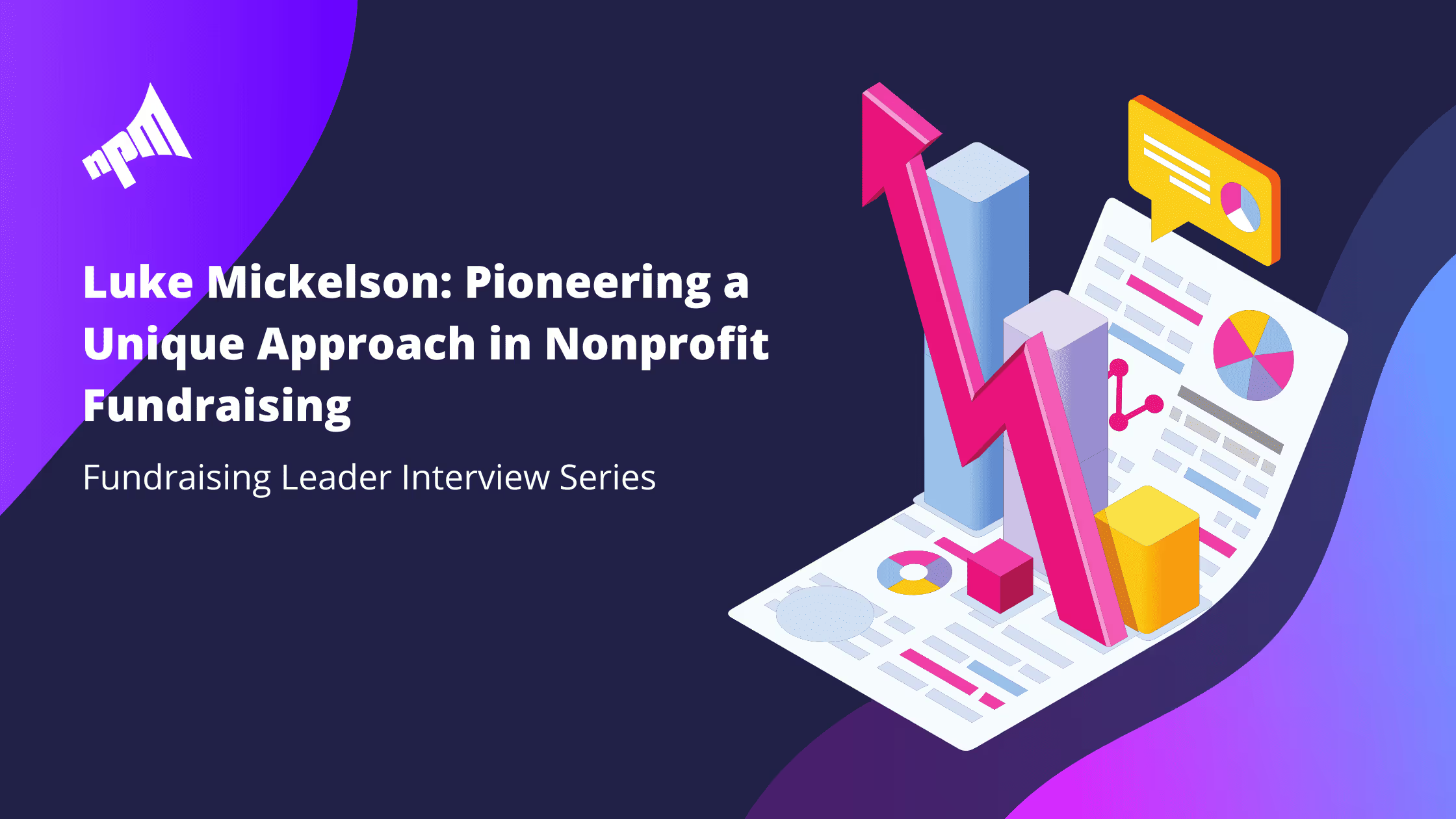
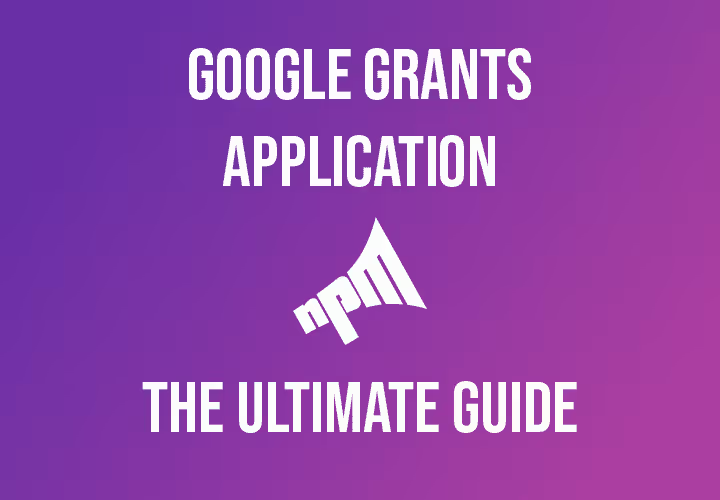



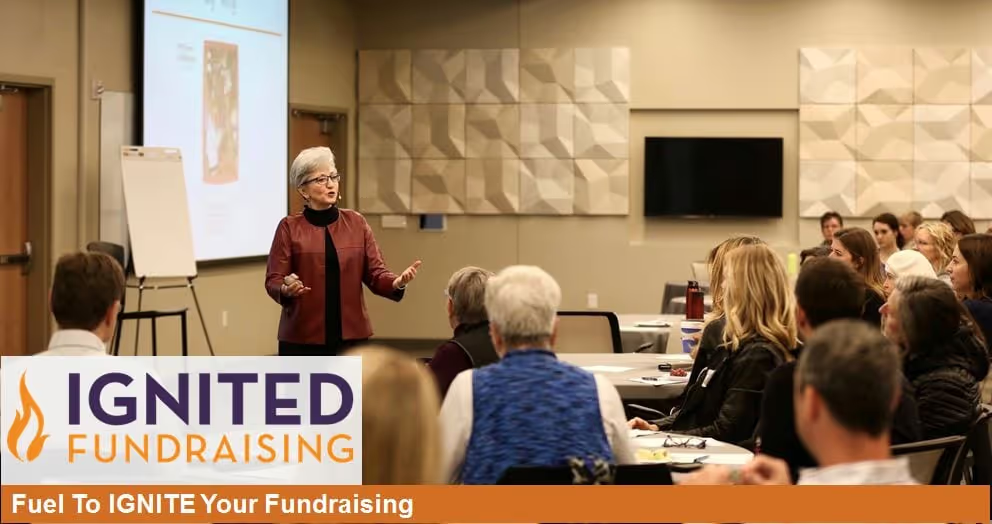


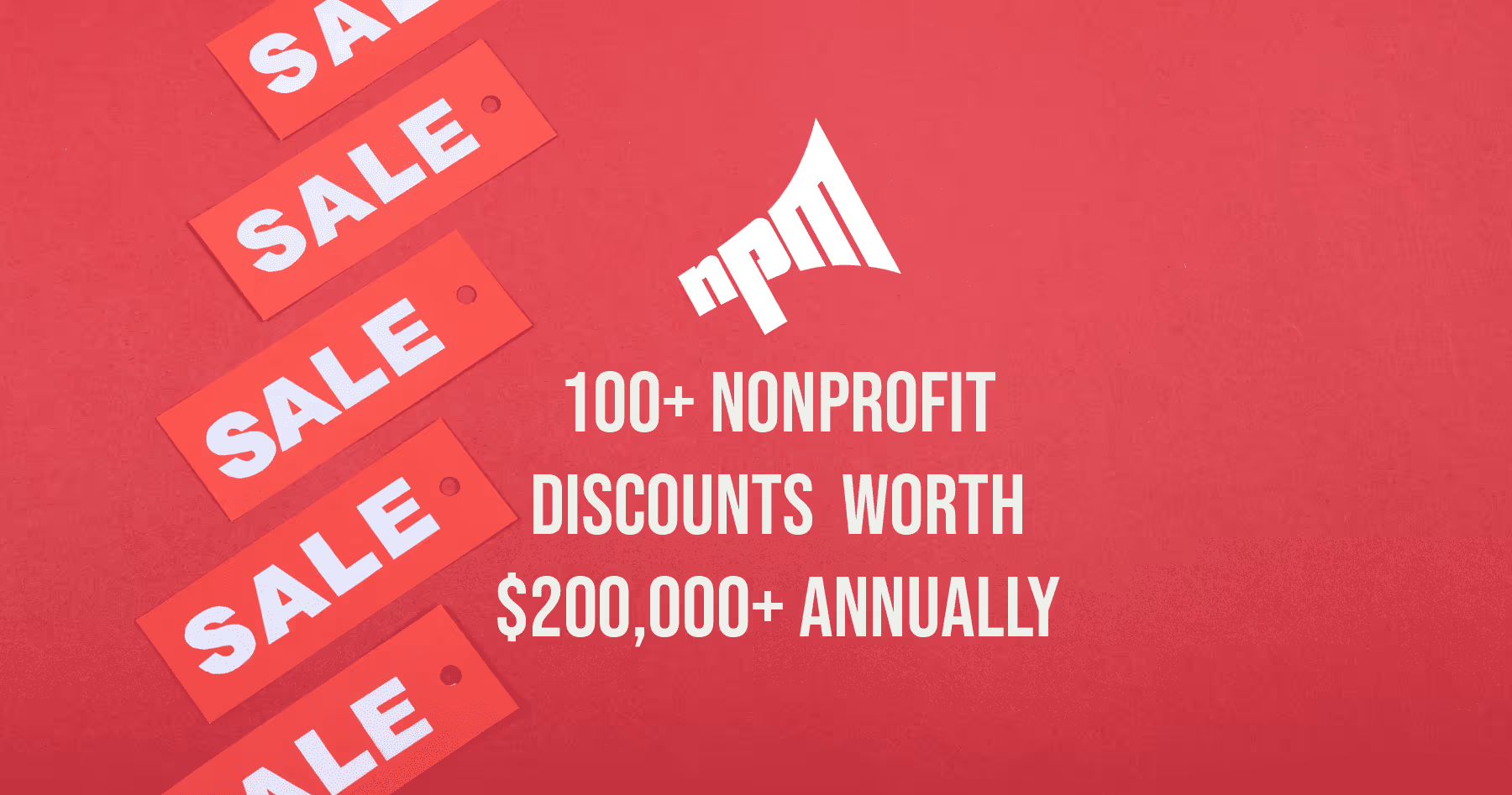








.svg)
.svg)
.svg)
.svg)